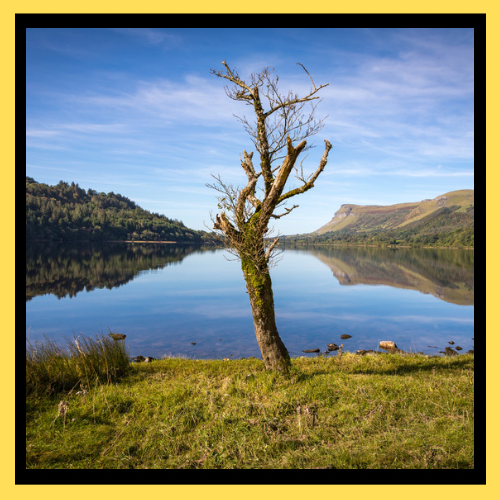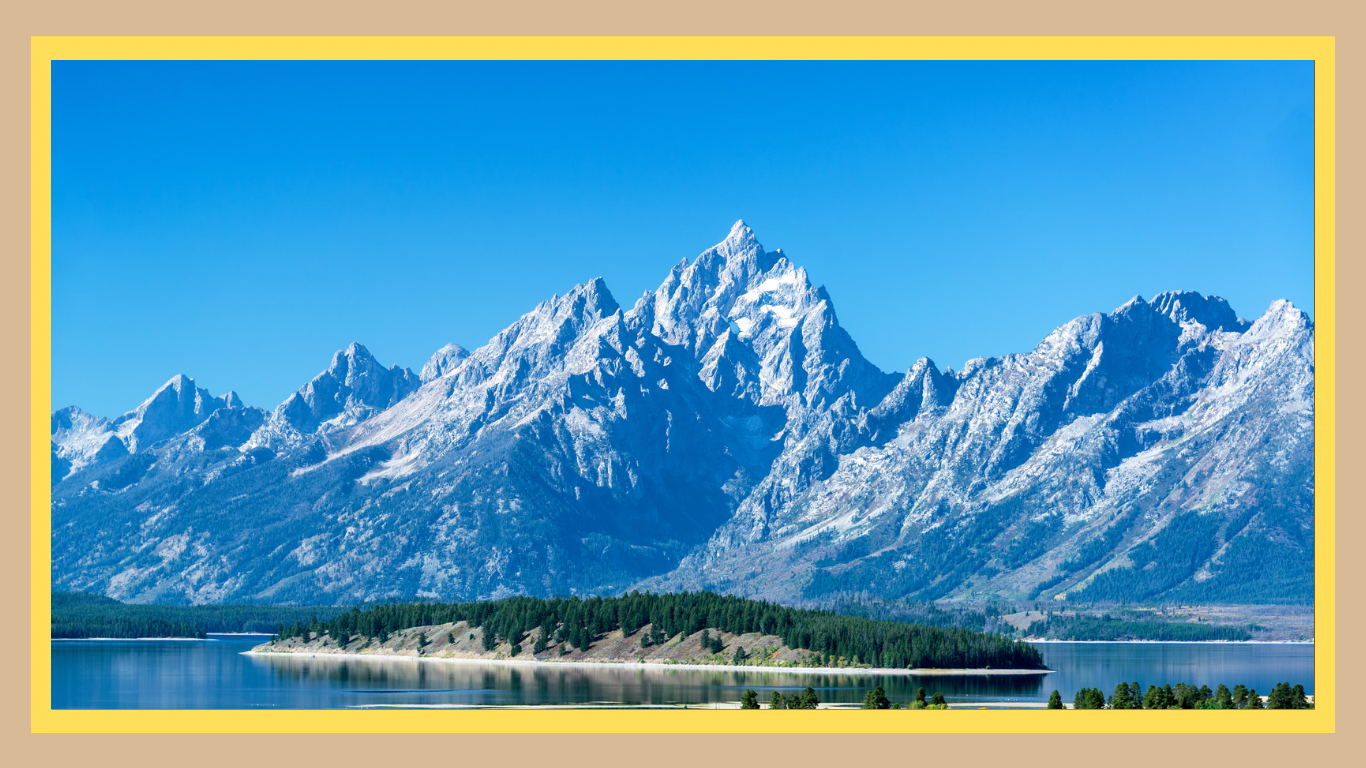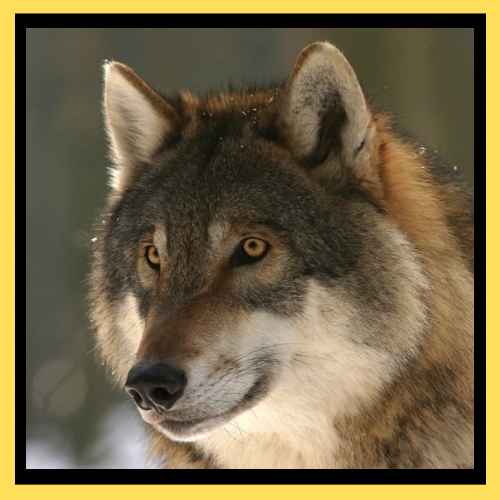
Yellowstone National Park, a haven filled with a variety of plants and animals has seen its evolution greatly influenced by the presence and absence of one key species: the gray wolf. The elimination of wolves, in the 1900s caused shifts in the parks ecosystem. However, when they were reintroduced in 1995 it triggered a transformation. This piece delves into Yellowstones journey post the extinction of wolves and how things turned around once these top predators returned.
The Final Wolf: A Series of Events Unfold
By the mid 1920s the wolf in Yellowstone was hunted down as part of an initiative to safeguard livestock and increase game populations for hunters. The absence of this apex predator led to a cascade—a sequence of events affecting various species and the landscape itself.
Elk Overpopulation and Decline in Vegetation: With no wolves to control their numbers elk populations boomed. This resulted in grazing on willows and aspens. The decrease in these plants had an effect on species that relied on them for sustenance and shelter.
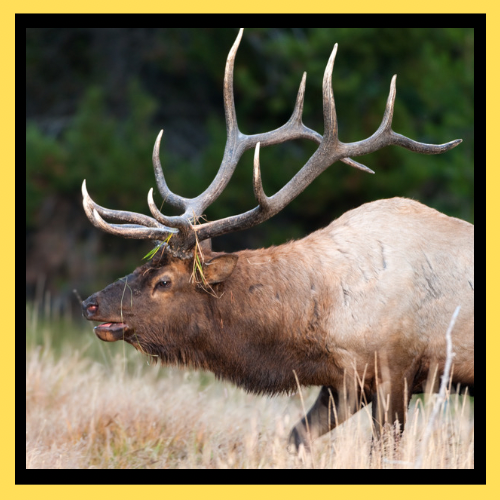
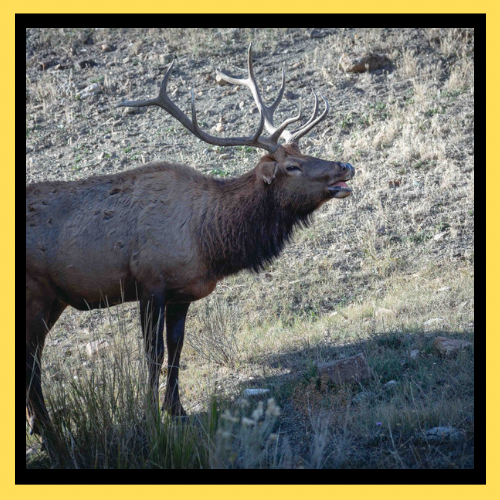
Effects on Riparian Areas: Riparian zones, the areas, along rivers and streams were particularly impacted.
Elk overgrazing led to vegetation loss causing erosion and water quality issues. This had an effect, on life and other animals relying on the habitats.
The decline in biodiversity was evident as the lack of vegetation impacted wildlife species. Beavers needing willows for their constructions saw a decrease in numbers. Birds and insects reliant on vegetation also suffered, further reducing biodiversity.
The bold decision to reintroduce wolves to Yellowstone in 1995 marked a moment in restoring balance. Thirty one gray wolves from Canada were brought back into Yellowstone between 1995 and 1996 initiating an experiment.
Wolves played a role as ecosystem engineers in Yellowstone showcasing their significance as keystone species with reaching impacts on the environment.
The regulation of elk populations by wolves had an effect as they preyed on elk leading to reduced numbers and changed behavior. Elk became more cautious. Avoided areas, like riverbanks allowing vegetation to thrive once again.
The concept known as the “ecology of fear” had impacts, on the ecosystem.

Recovery of Vegetation: With grazing pressure, willows, aspens and cottonwoods began to grow. This growth of vegetation helped stabilize riverbanks decrease erosion and enhance water quality. The rejuvenated riparian areas offered homes for species.
Comeback of Beavers and Songbirds: The resurgence of willows and other riparian plants supported the comeback of beavers. These hardworking rodents constructed dams that formed wetlands creating habitats for fish, amphibians and birds. The increased plant life also attracted songbirds and other animals enriching biodiversity.
Enhancement of Overall Biodiversity: Wolves presence indirectly benefited predator species like coyotes and raptors by fostering a balanced ecosystem. Scavengers such as ravens and bears thrived on wolf kills illustrating the interconnectedness of the food chain.
The Wider Impact: Insights Gained from Yellowstone
The reintroduction of wolves in Yellowstone has become a renowned case study in ecology and conservation biology. It highlights the vital role apex predators play in preserving ecosystem health and stability. The lessons derived from Yellowstone have influenced conservation efforts globally by emphasizing approaches, to wildlife management and habitat restoration.
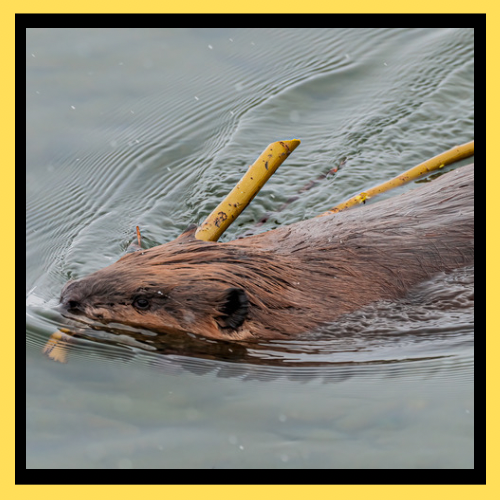
Challenges and Debates: Despite the effects, on nature bringing back wolves has stirred up some controversy. Ranchers are worried about wolves attacking their livestock creating tensions between conservation aims and farming interests. To deal with these issues strategies like compensation programs and conflict resolution measures have been put in place.
Ongoing Study: Scientists are still keeping an eye on Yellowstones ecosystem to understand the lasting impacts of reintroducing wolves. This ongoing research gives us insights into how predators, prey and their environments interact over time helping us improve conservation tactics and foster harmony between people and wildlife.
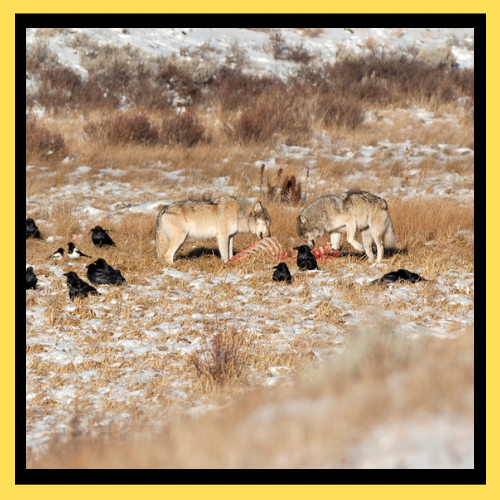
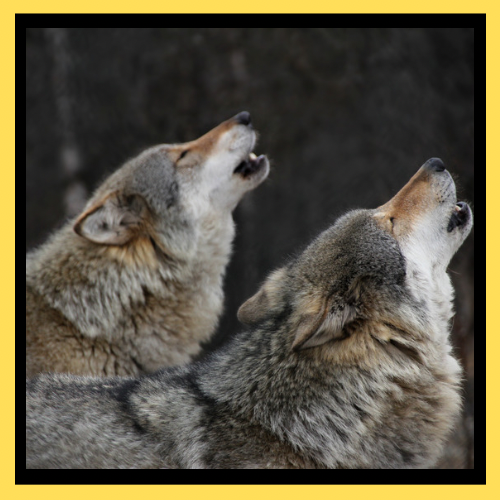
In Conclusion: Restoring Harmony
The story of Yellowstones wolves highlights the web of connections in ecosystems. How one species can significantly affect the environment. Bringing back wolves has helped restore areas bring back beavers and songbirds and overall rebalance the ecosystem.
By recognizing and valuing these processes we can safeguard our planets ecosystems for generations to come. The changes, in Yellowstone following the return of wolves demonstrate natures resilience and the effectiveness of conservation efforts guided by science.
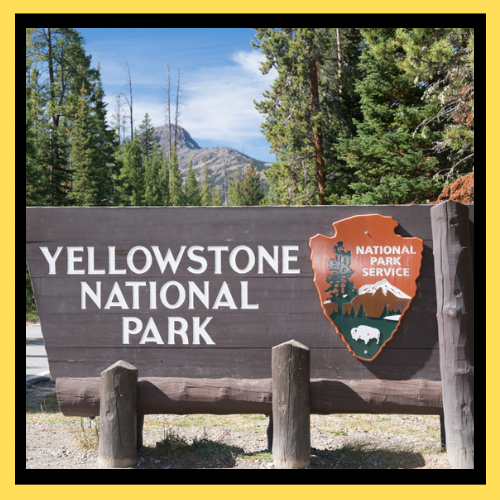
References
1.https://www.nps.gov/yell/learn/nature/wolves.htm
2.https://www.yellowstone.org/wolf-project/
3.https://www.sciencedirect.com/science/article/abs/pii/S0006320711004046
4.https://www.nps.gov/yell/learn/nature/upload/wolfrpt05.pdf
5.https://www.scientificamerican.com/podcast/episode/how-the-wolves-change-the-forest/
